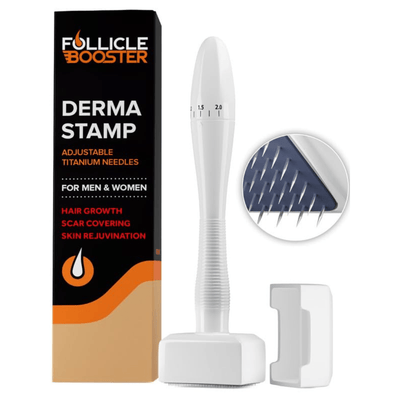Hair loss is a common concern for many people, affecting both men and women of all ages. While some hair loss is a natural part of the growth cycle, certain conditions can lead to excessive or premature hair shedding. Understanding the different types of hair loss can help individuals identify the underlying causes and seek appropriate treatment. Here, we explore three common types of hair loss: Alopecia Areata, Telogen Effluvium, and Androgenetic Alopecia.
Alopecia Areata:
It is an autoimmune condition characterized by sudden hair loss in patches. In this condition, the immune system mistakenly attacks the hair follicles, leading to hair loss. It can affect individuals of any age, although it often begins in childhood or early adulthood. The exact cause of Alopecia Areata is not fully understood, but factors such as genetics and environmental triggers may play a role.
Treatment for Alopecia Areata typically involves managing the immune response to prevent further hair loss and stimulate hair regrowth. Corticosteroids, topical or injected directly into the affected areas, are commonly used to suppress the immune system's attack on the hair follicles. Other treatment options include topical immunotherapy, minoxidil solution, and hair transplantation for severe cases.
Telogen Effluvium:
It is a temporary loss characterized by excessive hair shedding during the hair growth cycle's resting (telogen) phase. Various factors can trigger this condition, including physical or emotional stress, hormonal changes, illness, surgery, or certain medications. Telogen Effluvium typically manifests as diffuse hair thinning rather than distinct patches of baldness.
Treatment for Telogen Effluvium focuses on identifying and addressing the underlying trigger. Hair growth will often resume once the triggering factor is resolved or managed. Patients may also benefit from nutritional supplements, such as biotin or iron, to support healthy hair growth. Additionally, gentle hair care practices, such as avoiding harsh chemicals and minimizing heat styling, can help prevent further hair damage.
Androgenetic Alopecia:
Also known as male or female pattern baldness, it is the most common form of hair loss, affecting millions worldwide. It is characterized by progressive hair thinning, typically starting at the temples or crown of the head in men and causing diffuse thinning over the top of the scalp in women. Androgenetic Alopecia has a vital genetic component and is influenced by hormones called androgens.
Treatment for Androgenetic Alopecia aims to slow down hair loss and promote hair regrowth. Medications such as minoxidil and finasteride (Propecia) are commonly prescribed to stimulate hair follicles and inhibit the production of dihydrotestosterone (DHT), a hormone implicated in hair loss. In addition to medication, procedures like platelet-rich plasma (PRP) therapy and hair transplant surgery may be considered for individuals seeking more extensive restoration.
Understanding the different types of hair loss is crucial for effectively managing the condition. While Alopecia Areata, Telogen Effluvium, and Androgenetic Alopecia present distinct patterns and causes of hair loss, they share common goals of preserving existing hair and promoting regrowth. Consulting with a dermatologist or hair specialist can help individuals develop personalized treatment plans tailored to their specific needs and concerns. By addressing the underlying factors contributing to hair loss, individuals can regain confidence and achieve healthier, fuller hair.













